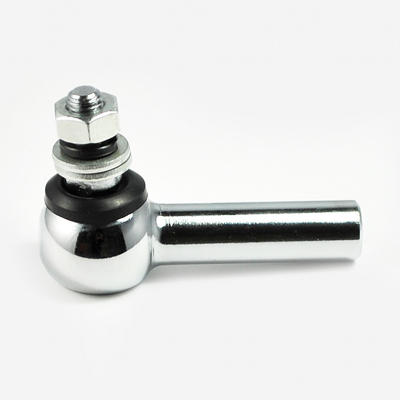Tie Rod End-005

If you have noticed your car is pulling to one side or pulling too far to the right or left, you may be experiencing a problem with the Tie Rod Assembly. The assembly is responsible for pushing and pulling the front tires. To test the tie rod, first remove the front wheel. It should be at least two inches off the ground.The inner end of the tie rod should have a straight body and is covered with a protective rubber boot. It is important to check the condition of the tie rod assembly before you start replacing it. If you find it is damaged or worn, you may have to replace it.If you suspect your tie rod assembly is damaged, you need to replace it immediately. A good way to identify whether your tie rods need to be replaced is to test them by grasping them. They should not move too far or be loose. If they do move too far, repair is needed right away.The dust boot on the tie rod ends is a crucial part of the joint.
It helps to prevent moisture and dirt from entering the joint, preventing it from corroding and premature wear. If it is damaged or ripped, you may have to replace the whole joint.Tie Rod assemblies are commonly used in various applications, such as cross bracing and pipe hangers, and can be tailored to any length and tension requirement. Depending on the configuration, a tie rod assembly can have multiple turnbuckles and sleeve nuts for additional length and tension adjustments.When designing tie rod assemblies, it is crucial to take into account the geometry and configuration of the suspension system.
For example, you must determine the size of the pin, clevis, and grip, and the diameter of the rod. Lastly, you must calculate the span of the assembly, which is the distance between the center of the pin and the center of the clevis. You can do this by entering your measurement data into a tie rod calculator.The two ends of a tie rod are coupled to the steering rack. A pinion rotates over a slotted rack and pushes or pulls the front wheels. This rotational force affects the performance of the car linkages and tie rods.

 English
English Chinese
Chinese











